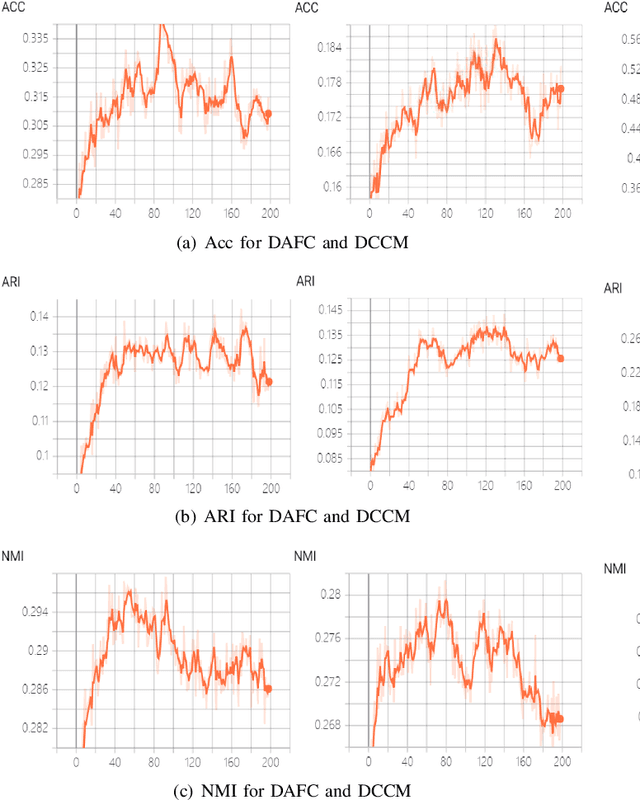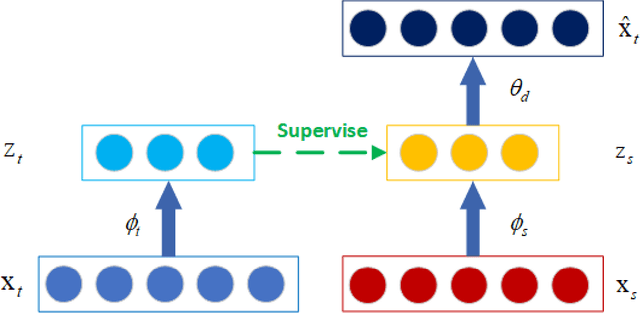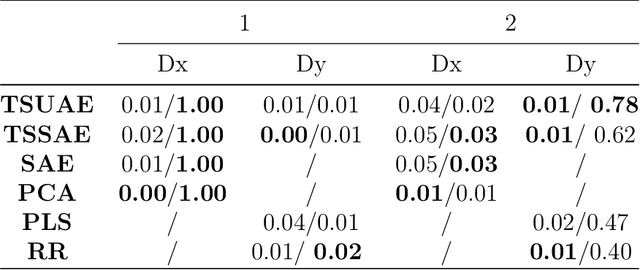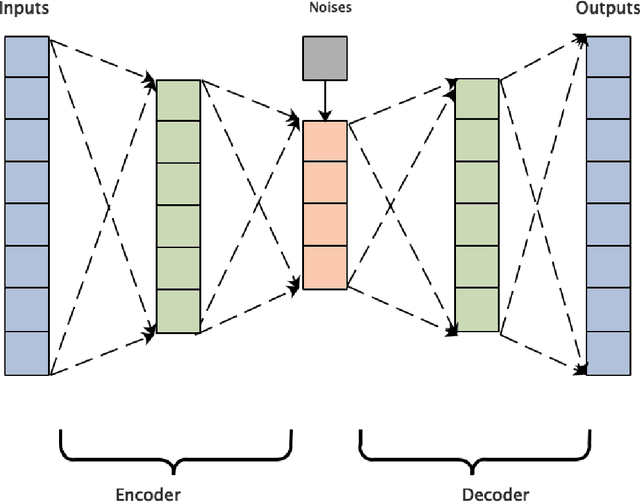Weimin Zhong
OpenGCD: Assisting Open World Recognition with Generalized Category Discovery
Aug 14, 2023Abstract:A desirable open world recognition (OWR) system requires performing three tasks: (1) Open set recognition (OSR), i.e., classifying the known (classes seen during training) and rejecting the unknown (unseen$/$novel classes) online; (2) Grouping and labeling these unknown as novel known classes; (3) Incremental learning (IL), i.e., continual learning these novel classes and retaining the memory of old classes. Ideally, all of these steps should be automated. However, existing methods mostly assume that the second task is completely done manually. To bridge this gap, we propose OpenGCD that combines three key ideas to solve the above problems sequentially: (a) We score the origin of instances (unknown or specifically known) based on the uncertainty of the classifier's prediction; (b) For the first time, we introduce generalized category discovery (GCD) techniques in OWR to assist humans in grouping unlabeled data; (c) For the smooth execution of IL and GCD, we retain an equal number of informative exemplars for each class with diversity as the goal. Moreover, we present a new performance evaluation metric for GCD called harmonic clustering accuracy. Experiments on two standard classification benchmarks and a challenging dataset demonstrate that OpenGCD not only offers excellent compatibility but also substantially outperforms other baselines. Code: https://github.com/Fulin-Gao/OpenGCD.
Deep adaptive fuzzy clustering for evolutionary unsupervised representation learning
Mar 31, 2021



Abstract:Cluster assignment of large and complex images is a crucial but challenging task in pattern recognition and computer vision. In this study, we explore the possibility of employing fuzzy clustering in a deep neural network framework. Thus, we present a novel evolutionary unsupervised learning representation model with iterative optimization. It implements the deep adaptive fuzzy clustering (DAFC) strategy that learns a convolutional neural network classifier from given only unlabeled data samples. DAFC consists of a deep feature quality-verifying model and a fuzzy clustering model, where deep feature representation learning loss function and embedded fuzzy clustering with the weighted adaptive entropy is implemented. We joint fuzzy clustering to the deep reconstruction model, in which fuzzy membership is utilized to represent a clear structure of deep cluster assignments and jointly optimize for the deep representation learning and clustering. Also, the joint model evaluates current clustering performance by inspecting whether the re-sampled data from estimated bottleneck space have consistent clustering properties to progressively improve the deep clustering model. Comprehensive experiments on a variety of datasets show that the proposed method obtains a substantially better performance for both reconstruction and clustering quality when compared to the other state-of-the-art deep clustering methods, as demonstrated with the in-depth analysis in the extensive experiments.
Representation Evaluation Block-based Teacher-Student Network for the Industrial Quality-relevant Performance Modeling and Monitoring
Jan 20, 2021



Abstract:Quality-relevant fault detection plays an important role in industrial processes, while the current quality-related fault detection methods based on neural networks main concentrate on process-relevant variables and ignore quality-relevant variables, which restrict the application of process monitoring. Therefore, in this paper, a fault detection scheme based on the improved teacher-student network is proposed for quality-relevant fault detection. In the traditional teacher-student network, as the features differences between the teacher network and the student network will cause performance degradation on the student network, representation evaluation block (REB) is proposed to quantify the features differences between the teacher and the student networks, and uncertainty modeling is used to add this difference in modeling process, which are beneficial to reduce the features differences and improve the performance of the student network. Accordingly, REB and uncertainty modeling is applied in the teacher-student network named as uncertainty modeling teacher-student uncertainty autoencoder (TSUAE). Then, the proposed TSUAE is applied to process monitoring, which can effectively detect faults in the process-relevant subspace and quality-relevant subspace simultaneously. The proposed TSUAE-based fault detection method is verified in two simulation experiments illustrating that it has satisfactory fault detection performance compared to other fault detection methods.
 Add to Chrome
Add to Chrome Add to Firefox
Add to Firefox Add to Edge
Add to Edge